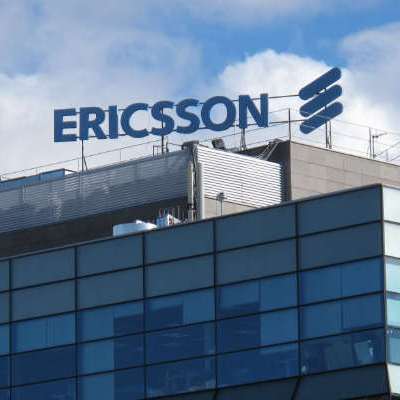  Swedish telecom component maker Ericsson saw its network gear sales rise by 16 per cent on a sequential basis in October-December 2018 globally. However, its seasonal sales trend was adversely impacted by India performance.
"Sales (network) increased by 16 per cent quarter on quarter and sales adjusted for comparable units and currency also increased by 16 per cent. The sequential sales growth was slightly lower than normal seasonality mainly due to lower sales in India. Sales in North America were higher than anticipated and driven by large hardware deliveries," Ericsson said in its financial report for 2018 released Friday.
\
India is among top three markets for Ericsson and contributed to 3 per cent in its global sales in 2018 as compared to 4 per cent in 2017.
On a consolidated basis, the company saw gradual improvement in sales during 2018, resulting in full-year organic sales growth for the first time since 2013.
The company recorded 10 per cent increase in net sales at 63.8 billion SEK (Swedish Krona) or USD 7.13 billion in the October-December quarter compared to 57.9 billion SEK (USD 7.06 billion) it registered in the same period a year ago.
For the full year ended December 31, 2018, the company's net sales increased to 210.8 billion SEK (USD 23.57 billion) from 205.4 billion SEK (USD 25.04 billion).
"Sales as reported increased by 3 per cent and sales adjusted for comparable units and currency increased by 1 per cent, with networks growing by 3 per cent - the first year of organic growth for Ericsson since 2013," the report said.
The South East Asia, Oceania and India region recorded 5 per cent rise in sales on Y-o-Y basis at 8.24 billion SEK in October-December 2018 from 7.84 billion SEK in the corresponding quarter of 2017.
Network sales accounted for over 65 per cent of total sales during the fourth quarter ended December 31, 2018.
Globally, the network sales grew 12 per cent to 41.6 billion SEK during the last quarter from 37.1 billion SEK recorded in the same period a year ago.
"The increase is mainly due to strong growth in North America, Europe and Latin America as well as in North East Asia, driven by investments in 5G readiness and LTE networks," the report said. |